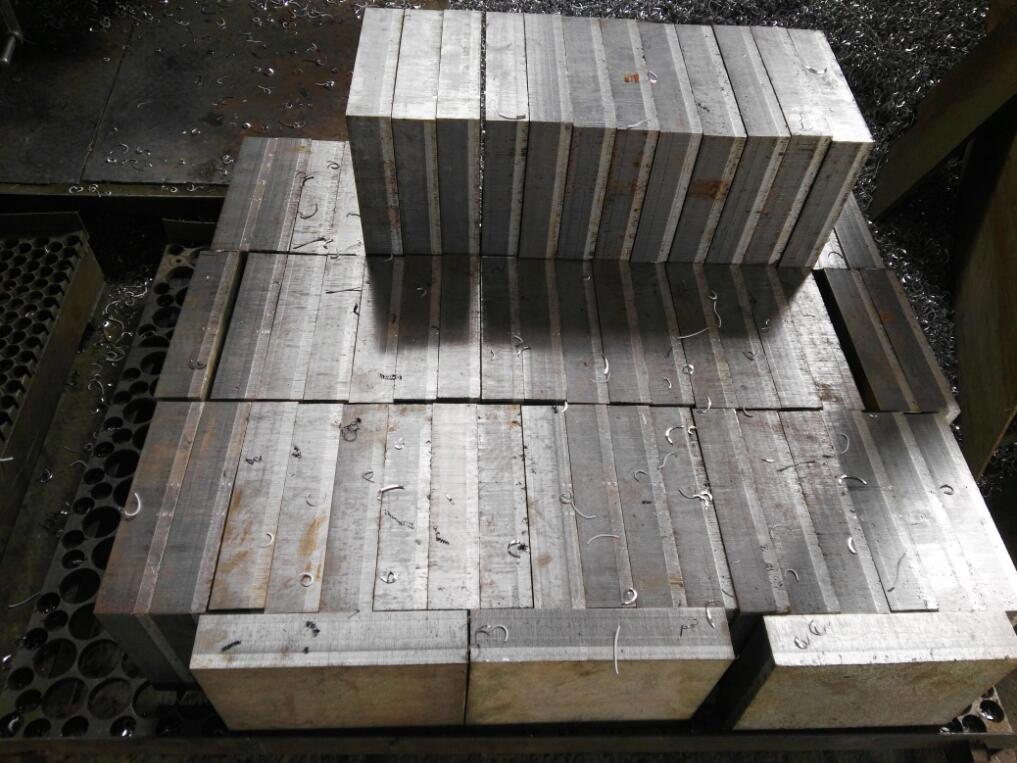
Because aluminum and aluminum alloy processed materials have excellent performance in low temperature environments, they are widely used in air separation and other low temperature devices. The welding (connection) of aluminum container or device nozzle and stainless steel (or steel) pipeline has always been a very difficult problem. The melting point of the two is about 800°C and the physical properties such as thermal conductivity and linear expansion coefficient are also quite different. The usual fusion welding method is difficult to achieve good welding. At present, most of the flange connection is adopted, but the reliability is very poor, it takes up a lot of space, and often leaks and leaks, which poses a safety hazard. There are also aluminum copper transition joints made by friction welding for small-sized nozzles. One end is welded to the aluminum nozzle, and one end is welded to copper-stainless steel (steel) dissimilar metals. However, this method is also very troublesome. The performance and reliability of copper-steel joints are usually difficult to meet the design requirements. It is generally used for small-caliber low-pressure pipes and instrument pipes.
Aluminum stainless steel transition joint is characterized by having a stainless steel material ring, which is integrated with the pure nickel transition layer; at the same time, it has an aluminum ring, which is integrated with the pure titanium transition layer, and the pure nickel transition layer is integrated with the pure nickel transition layer. The pure titanium transition layer is combined into one body.










